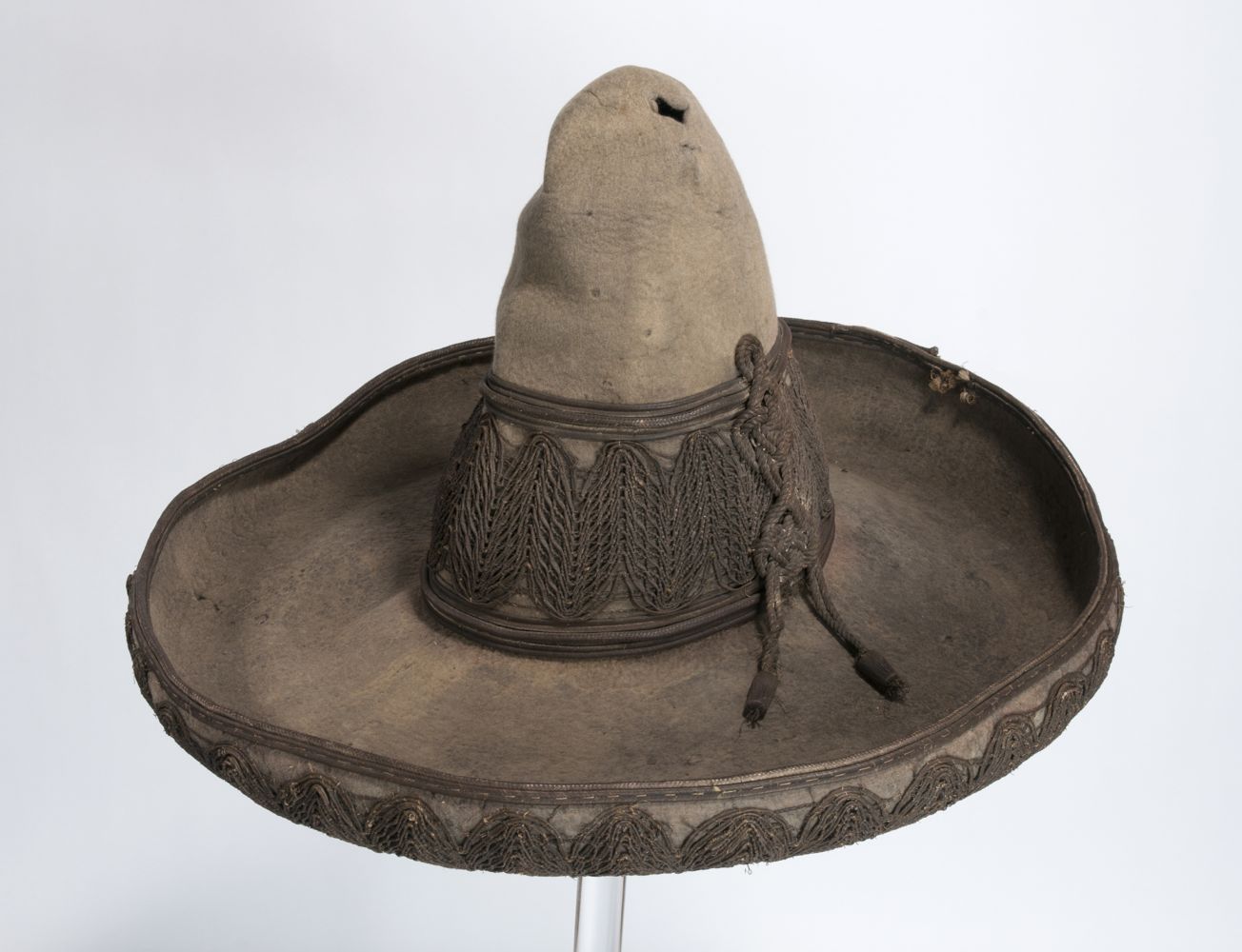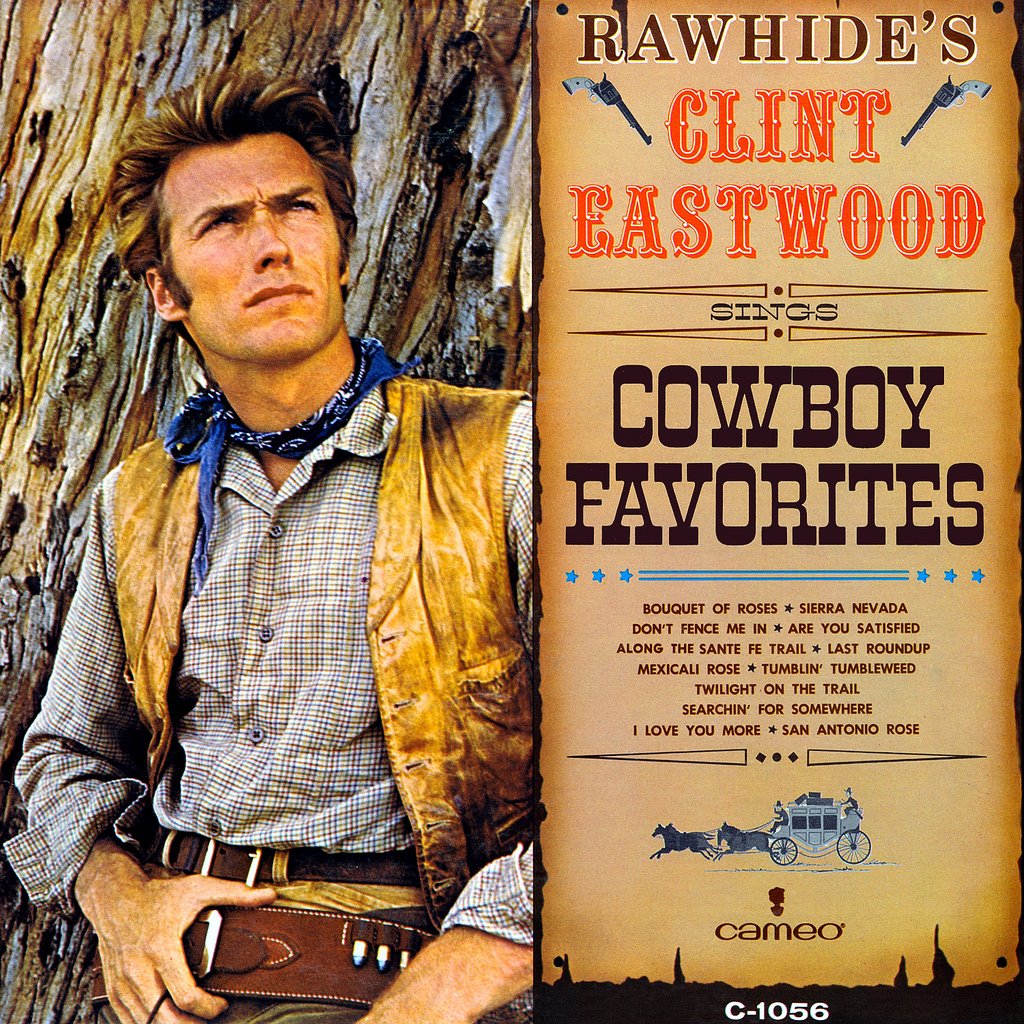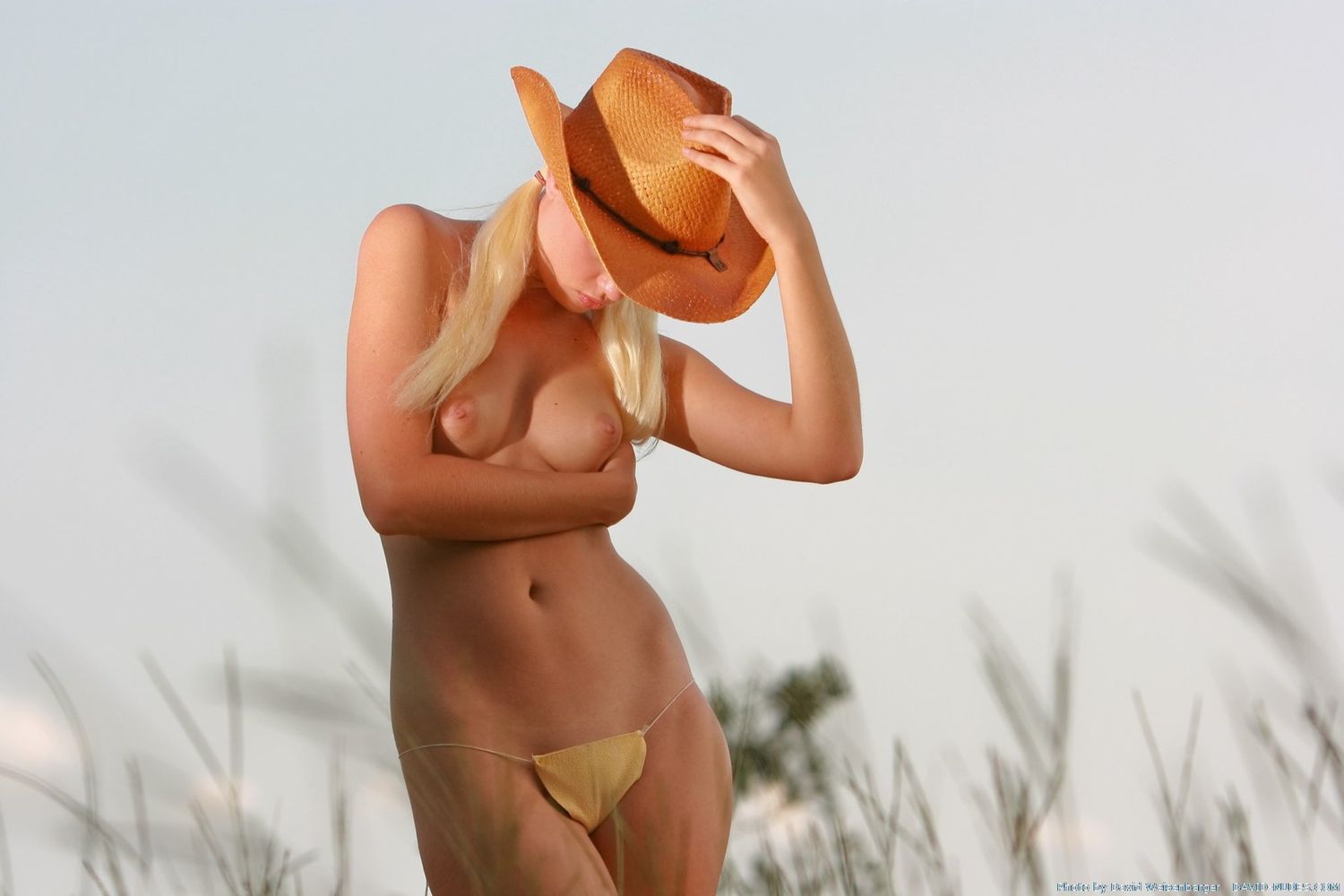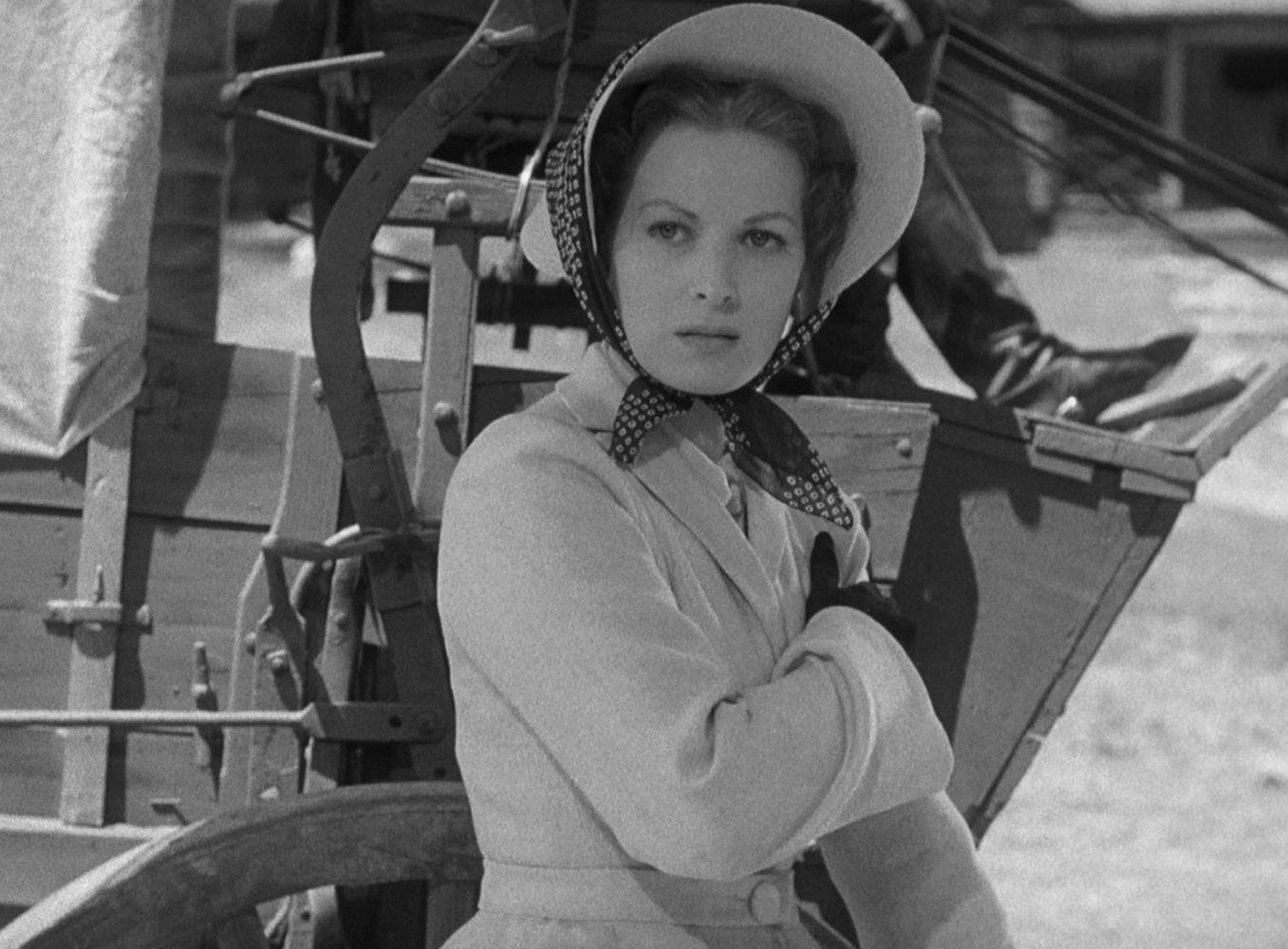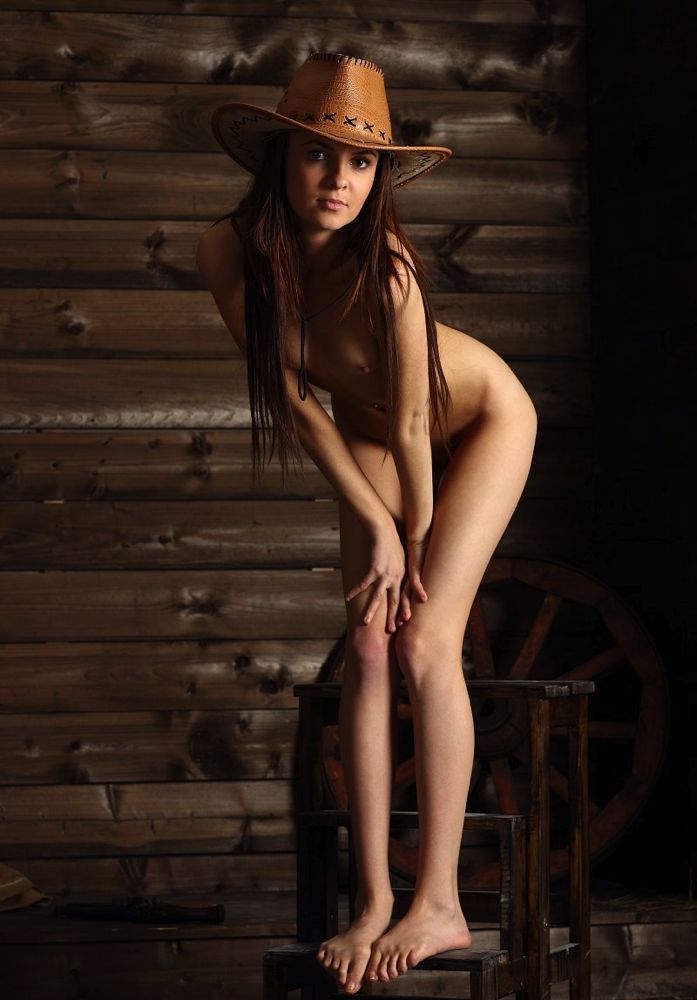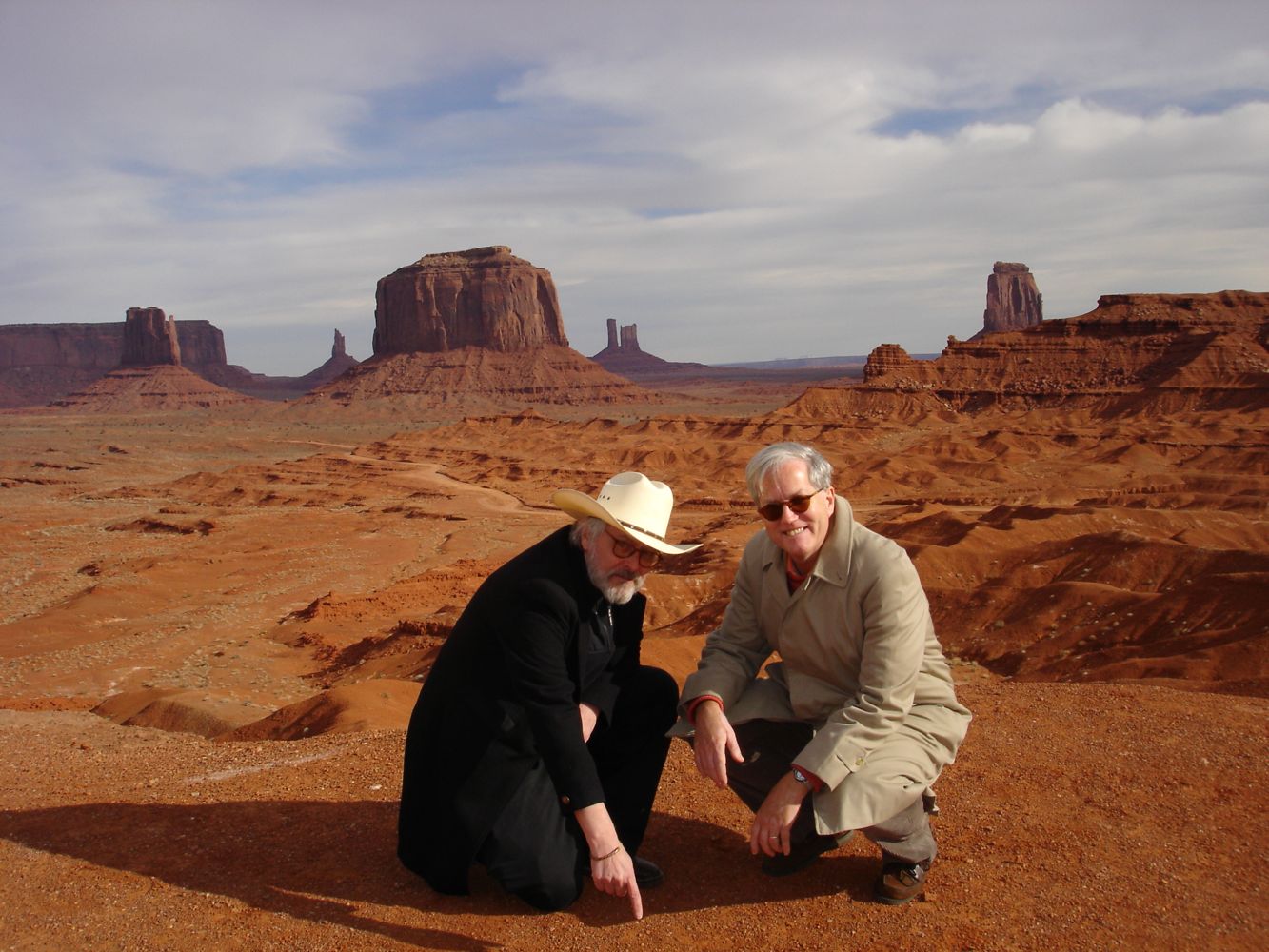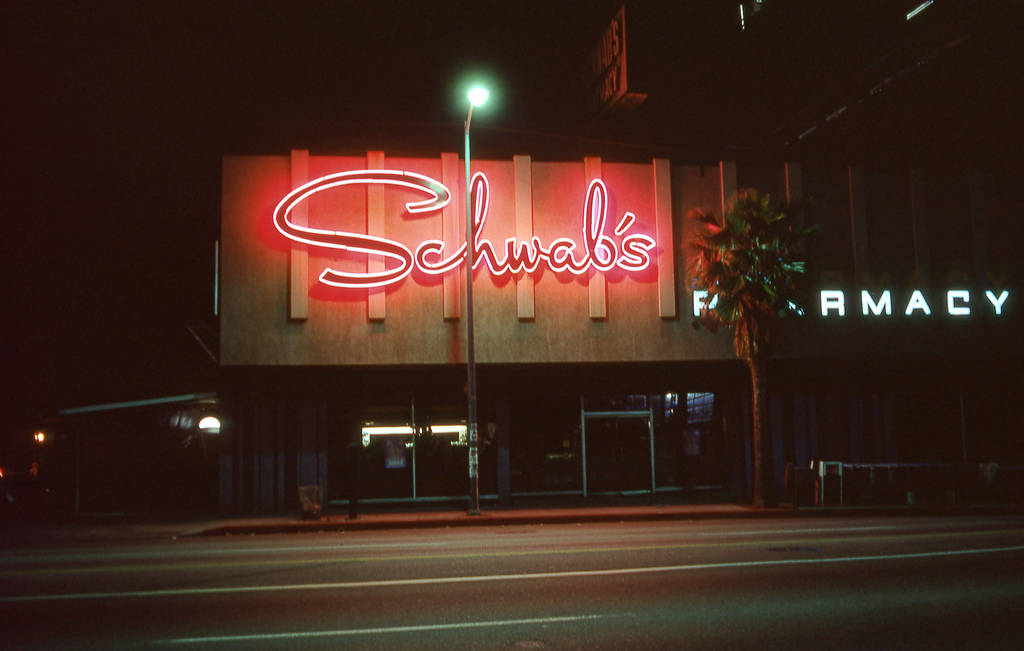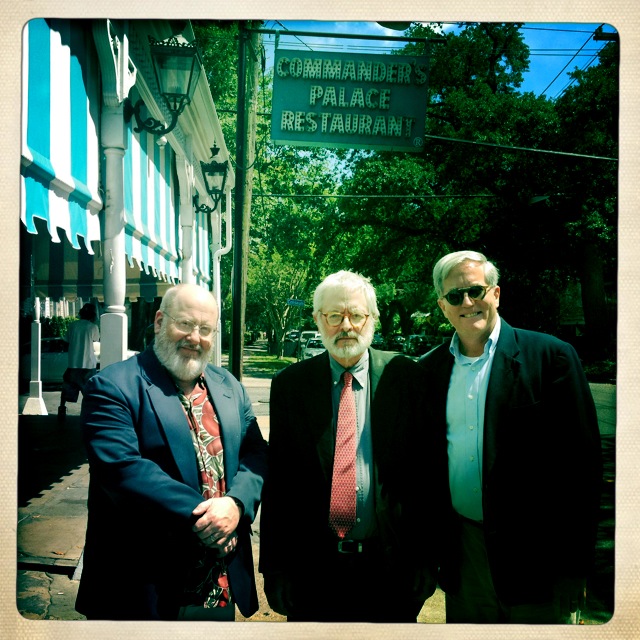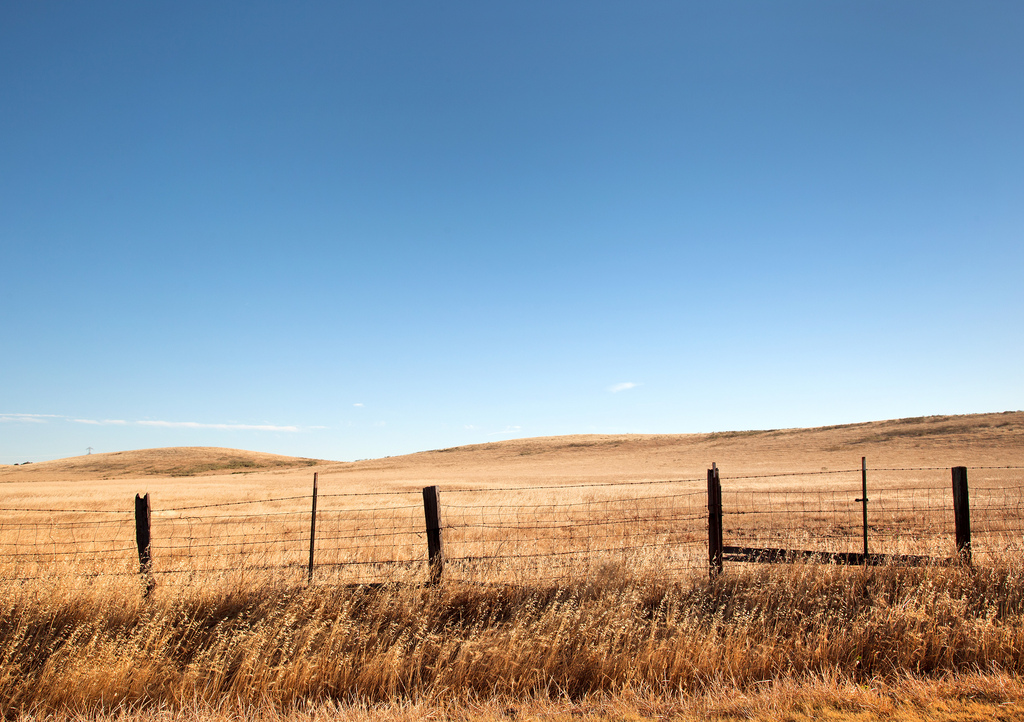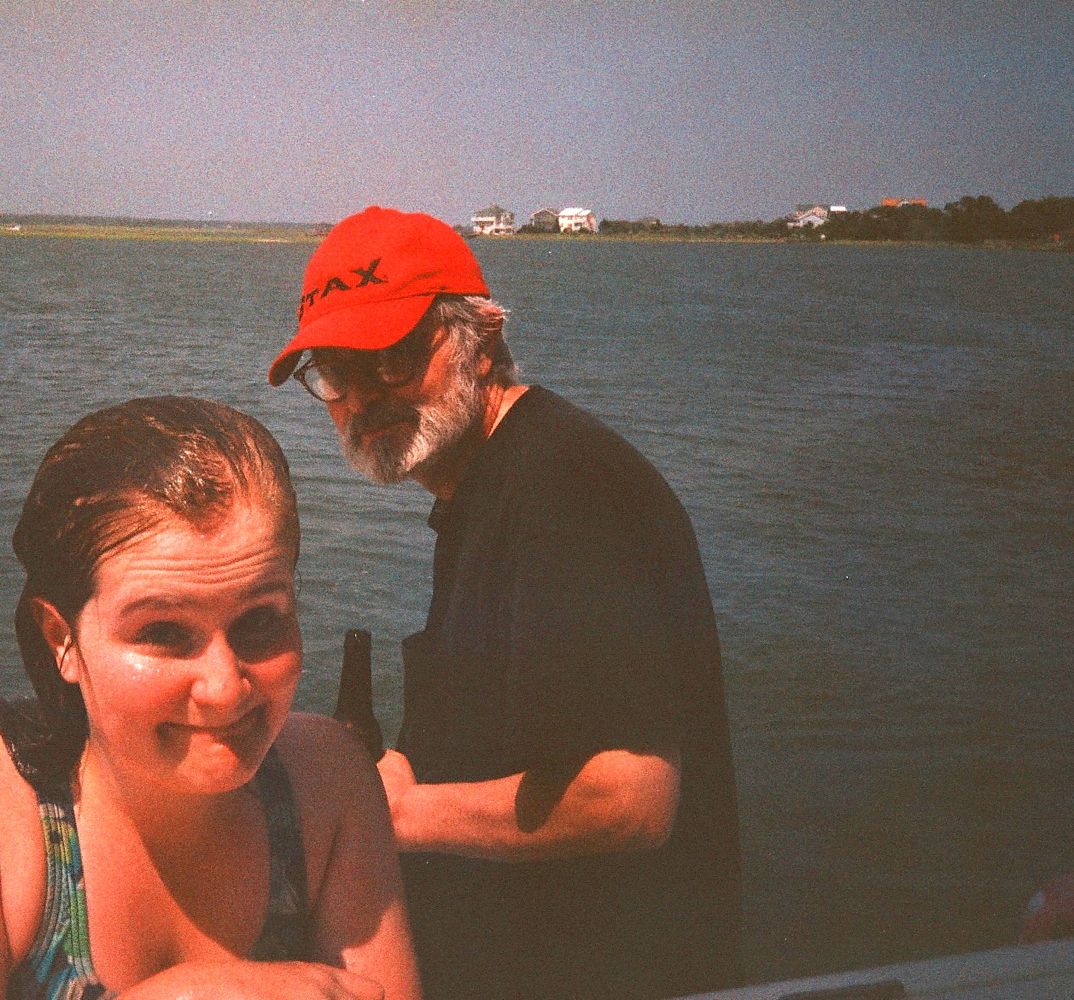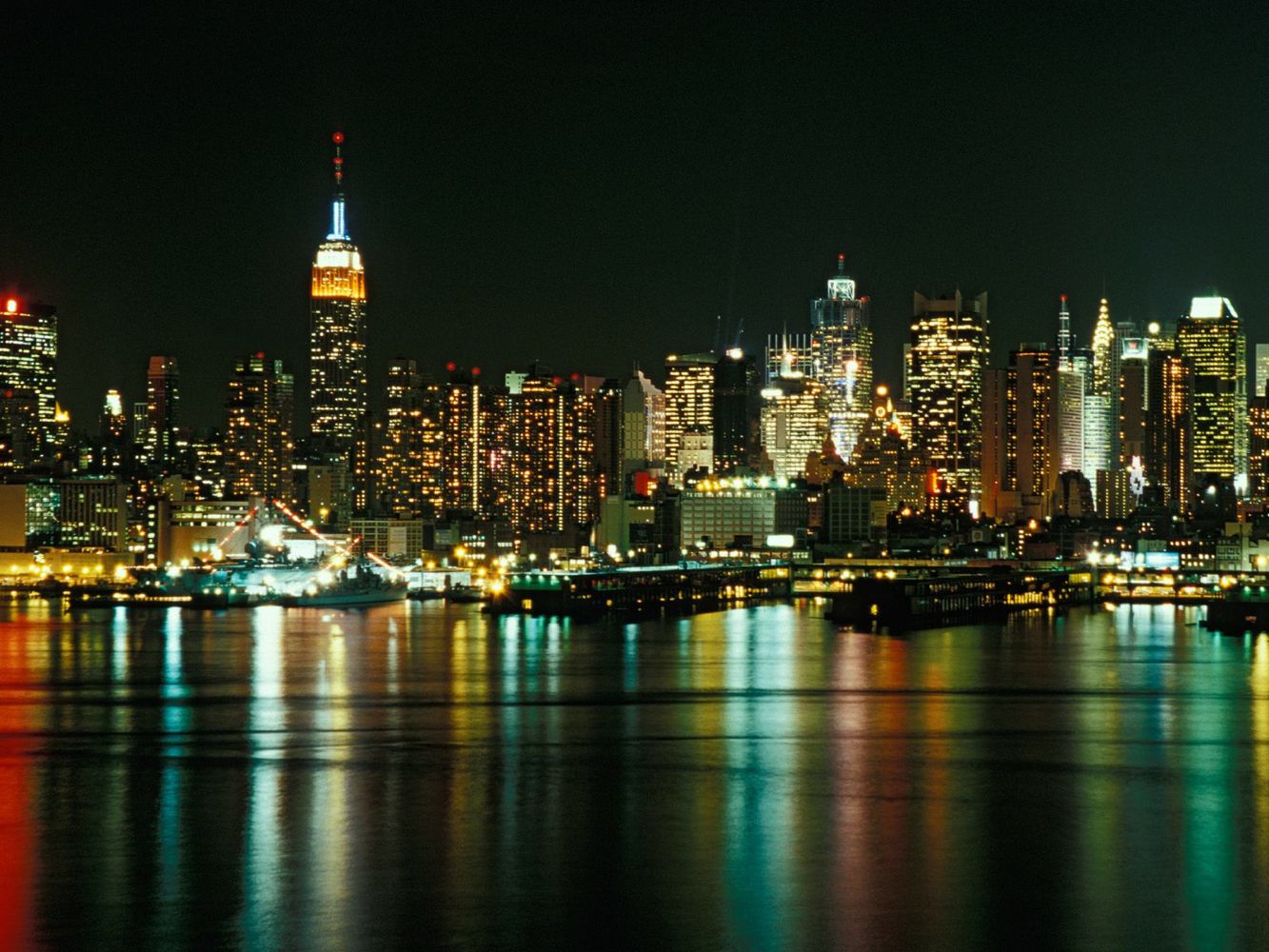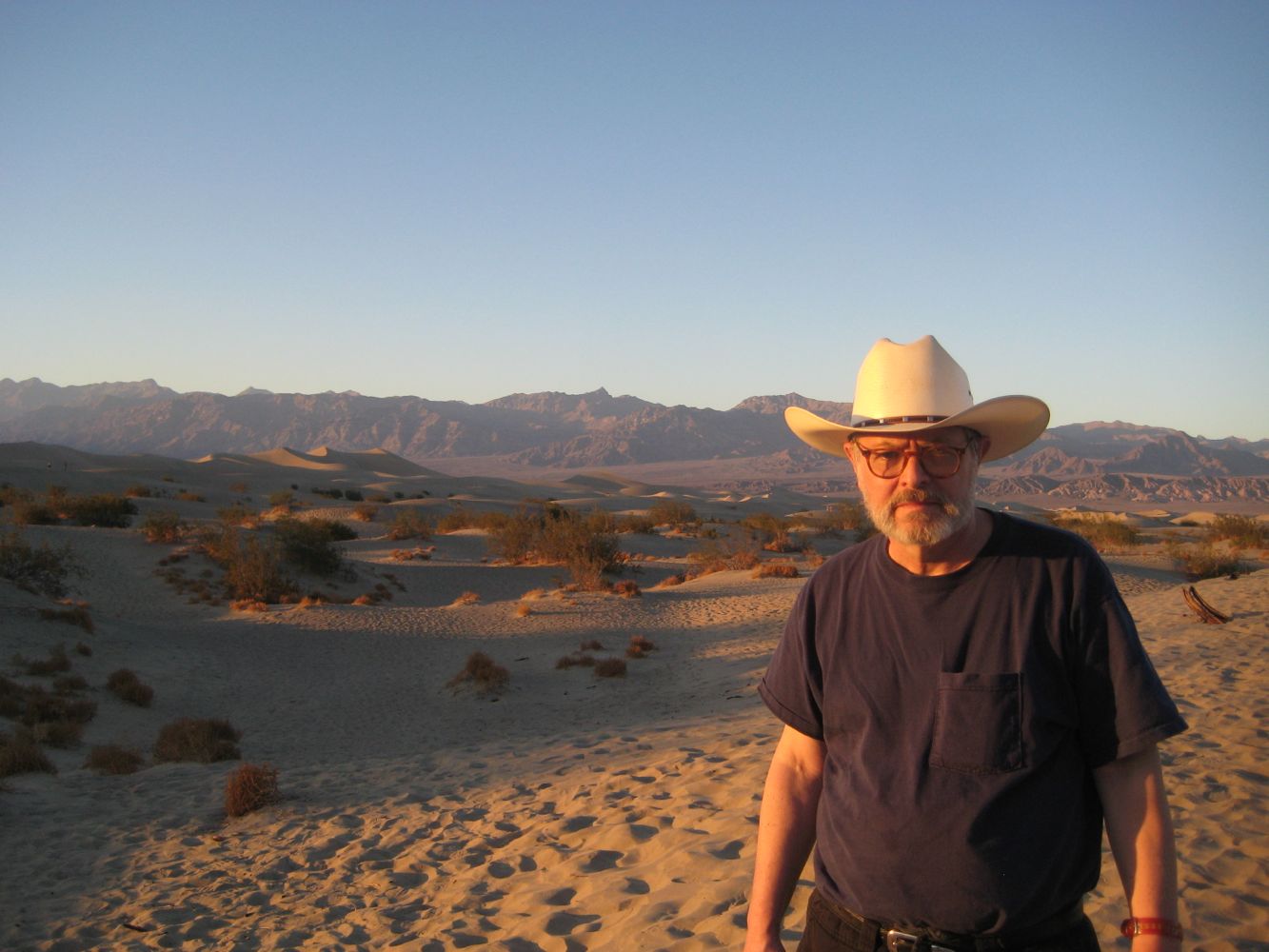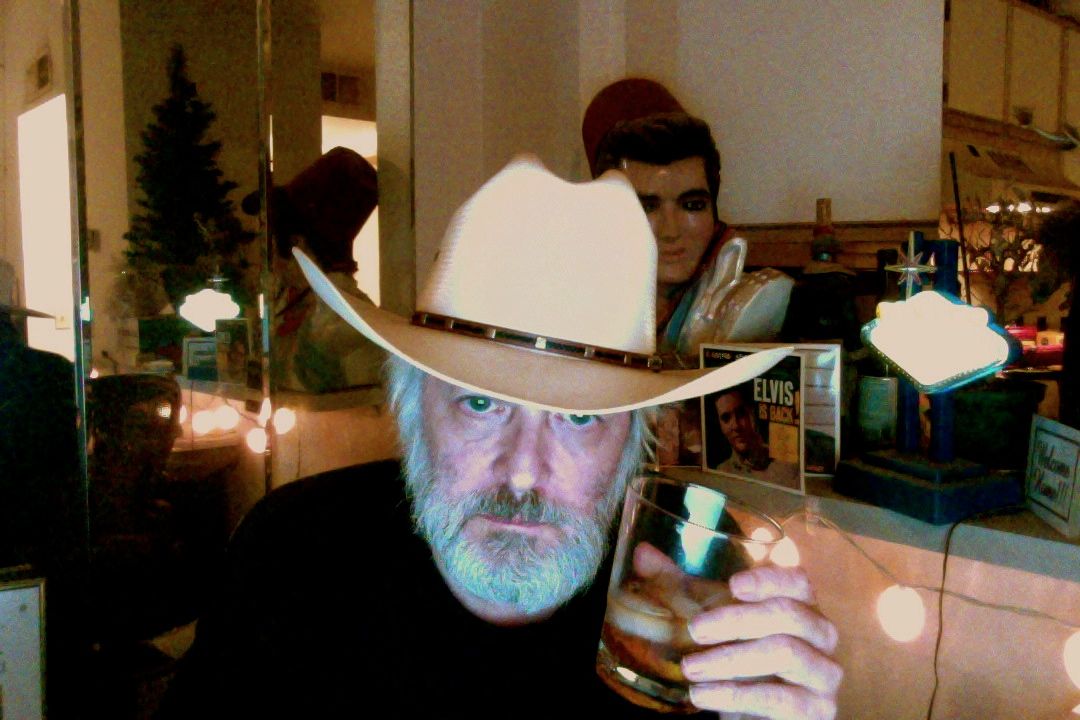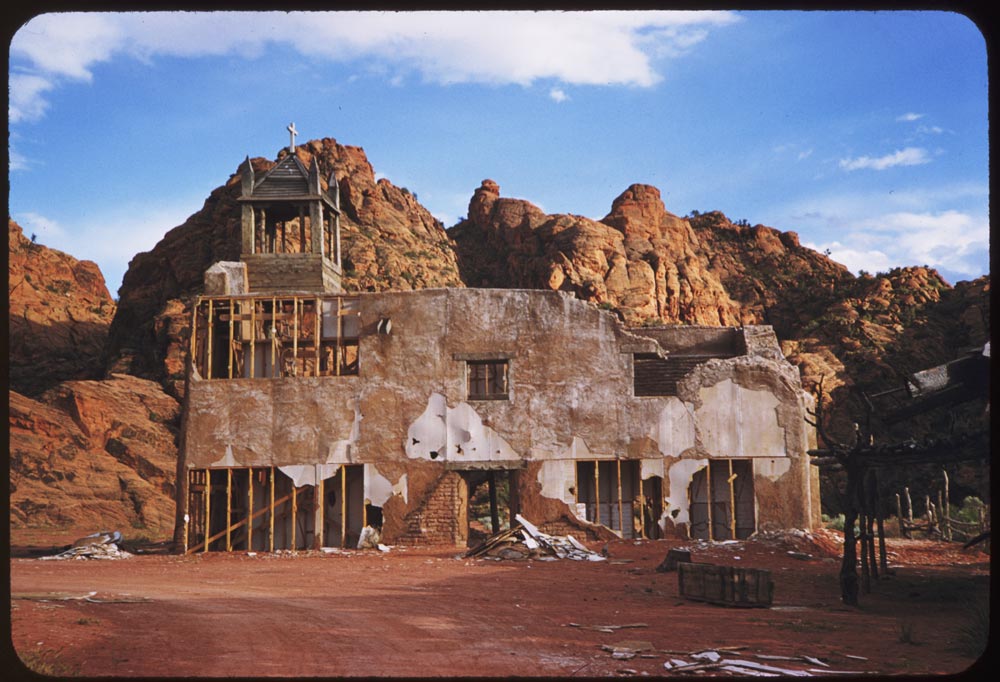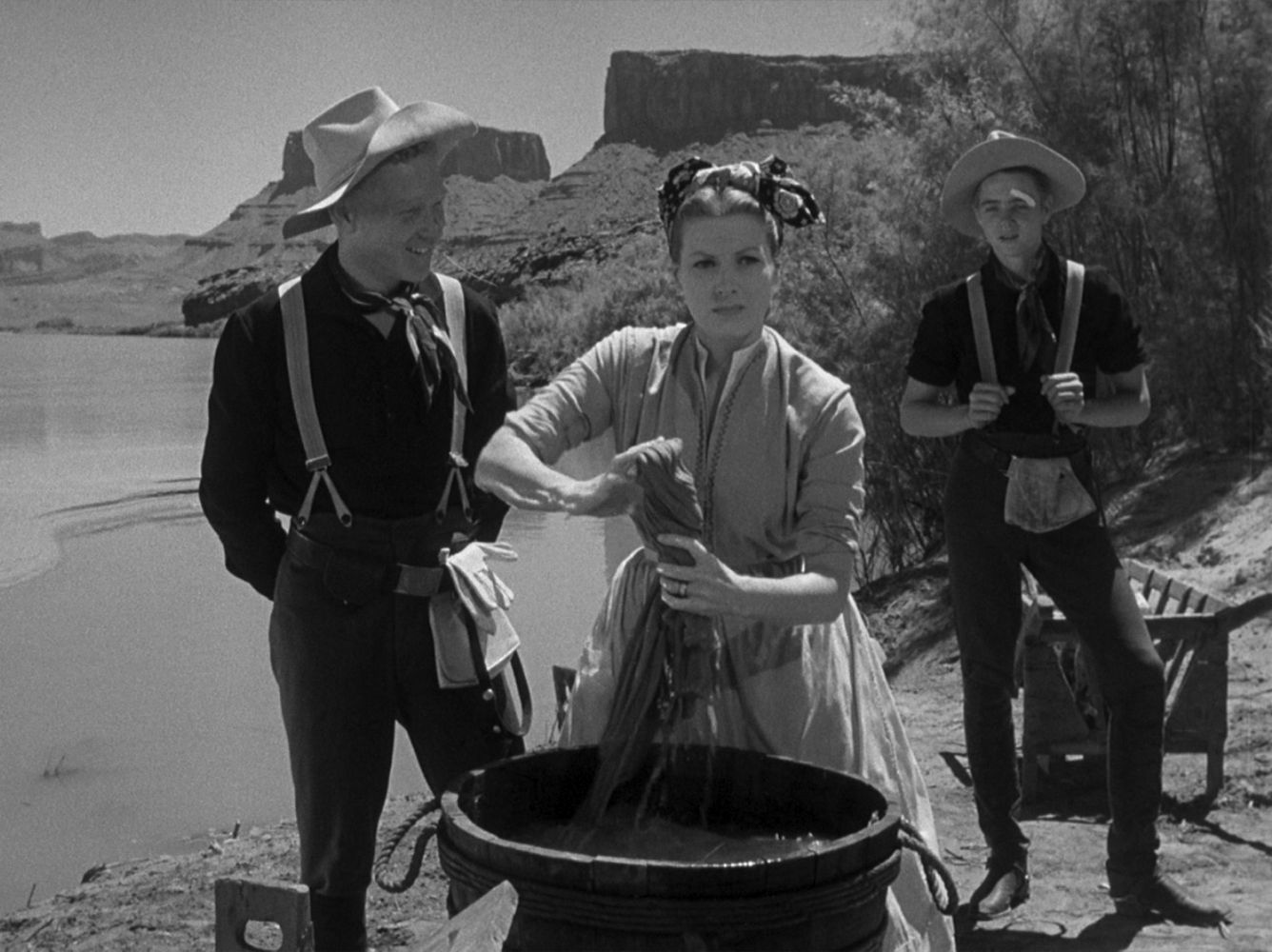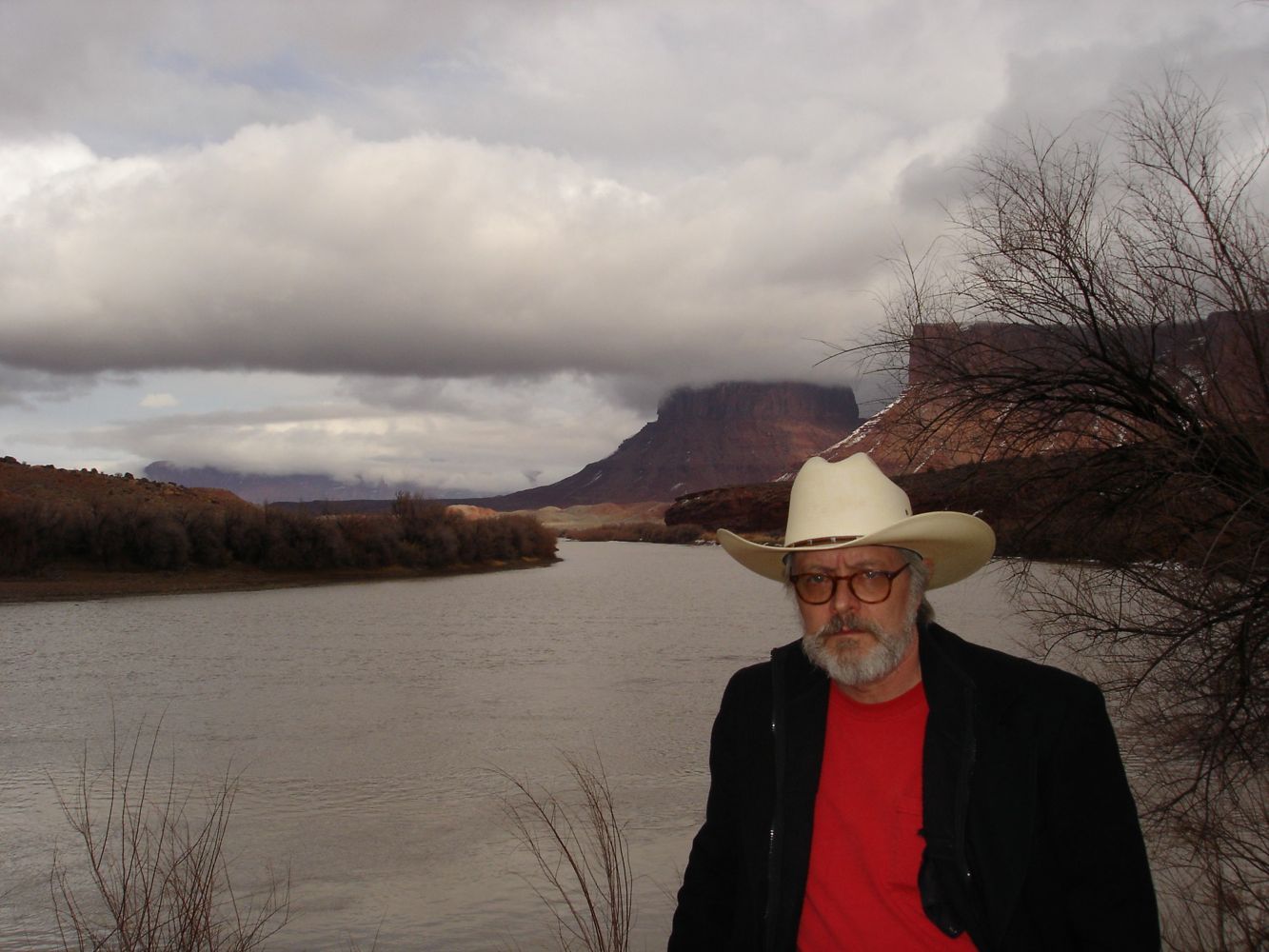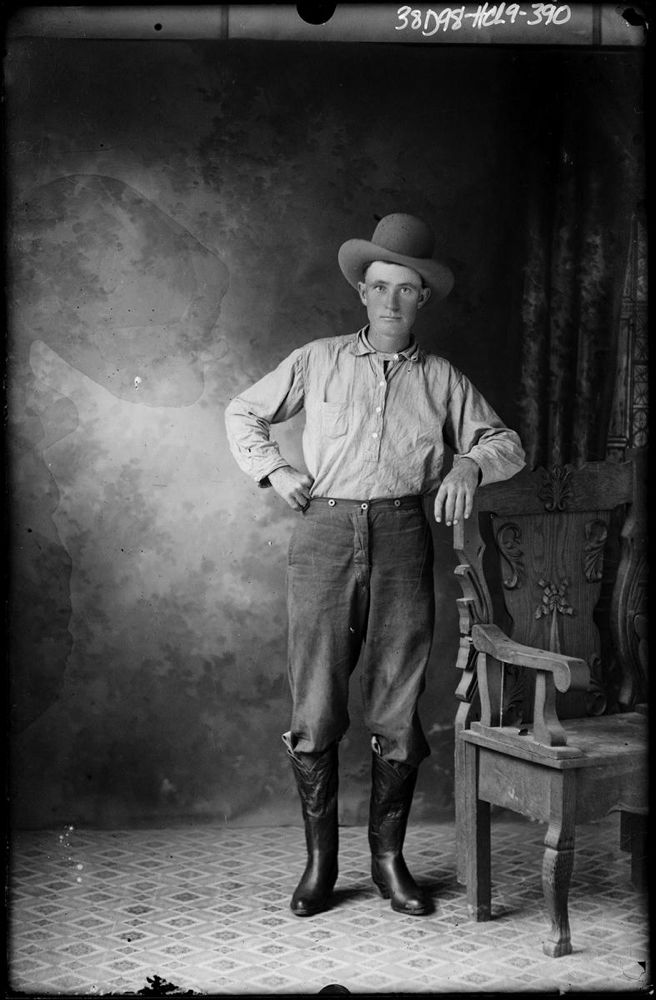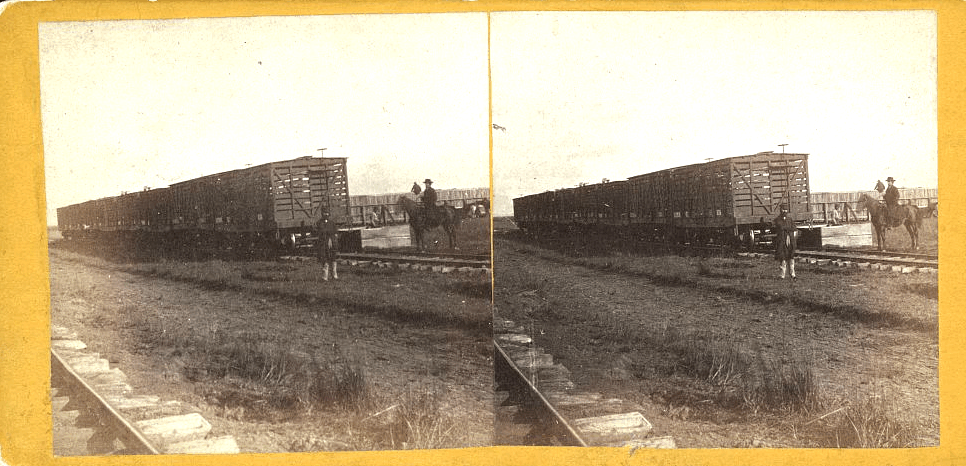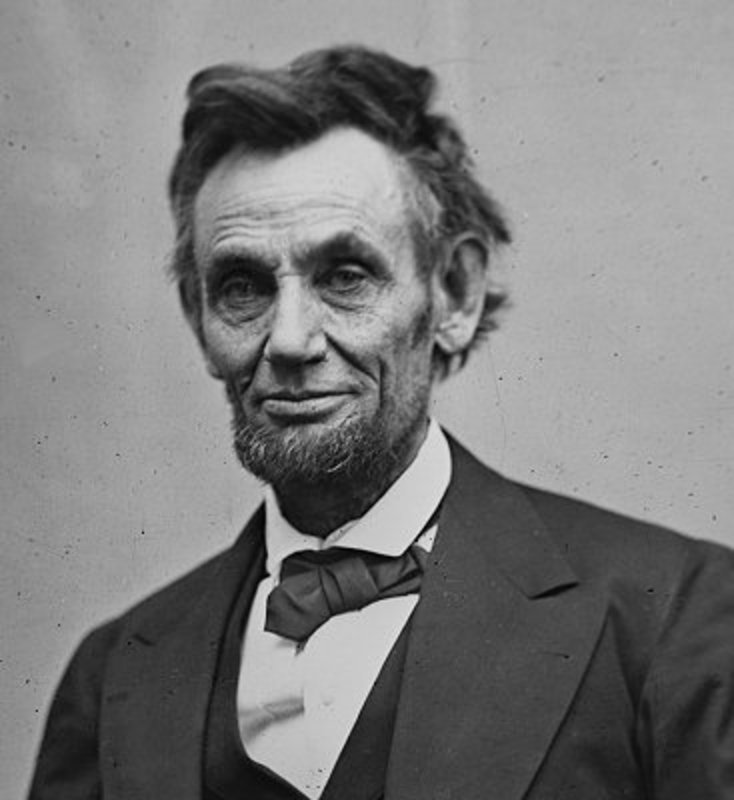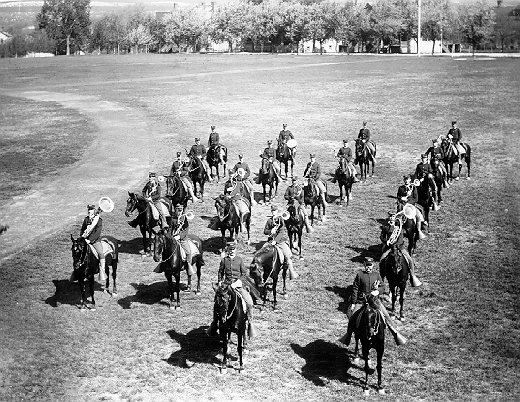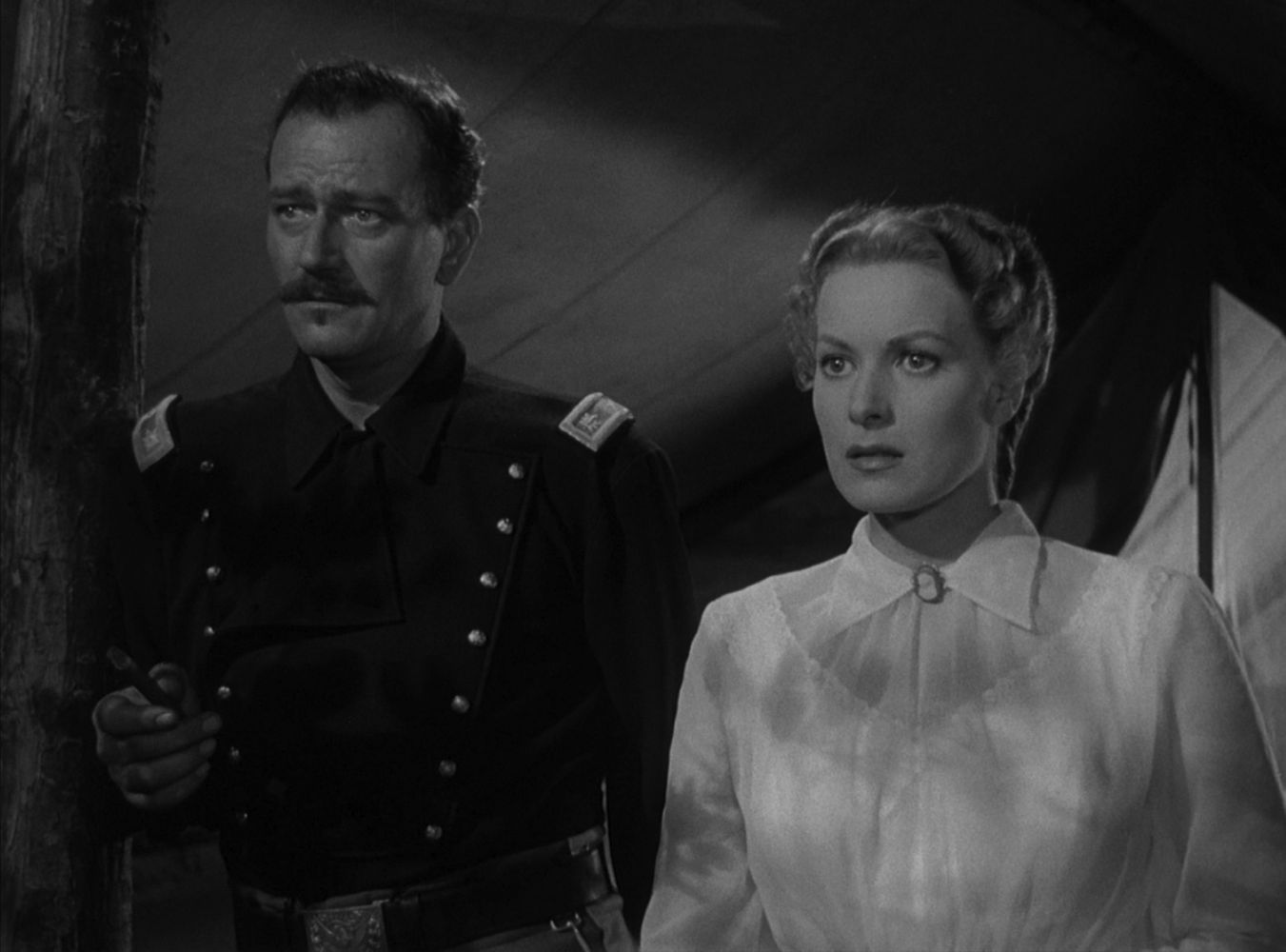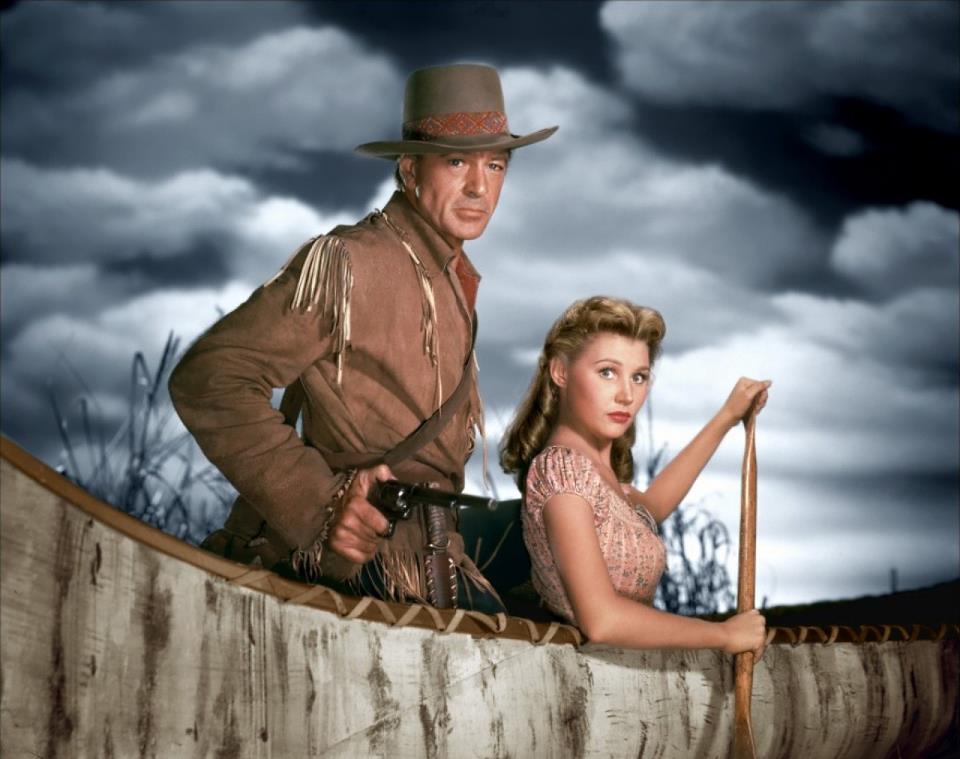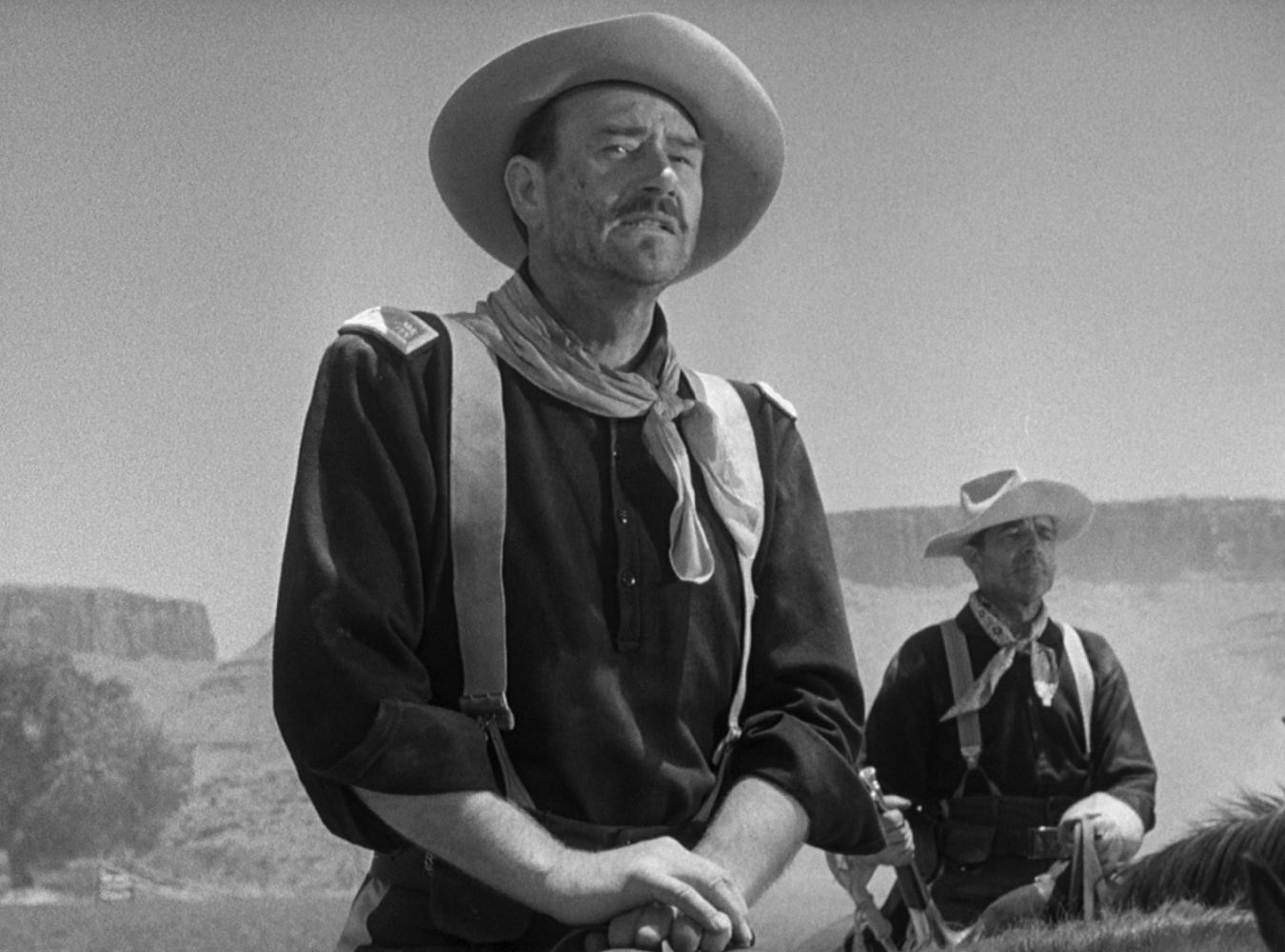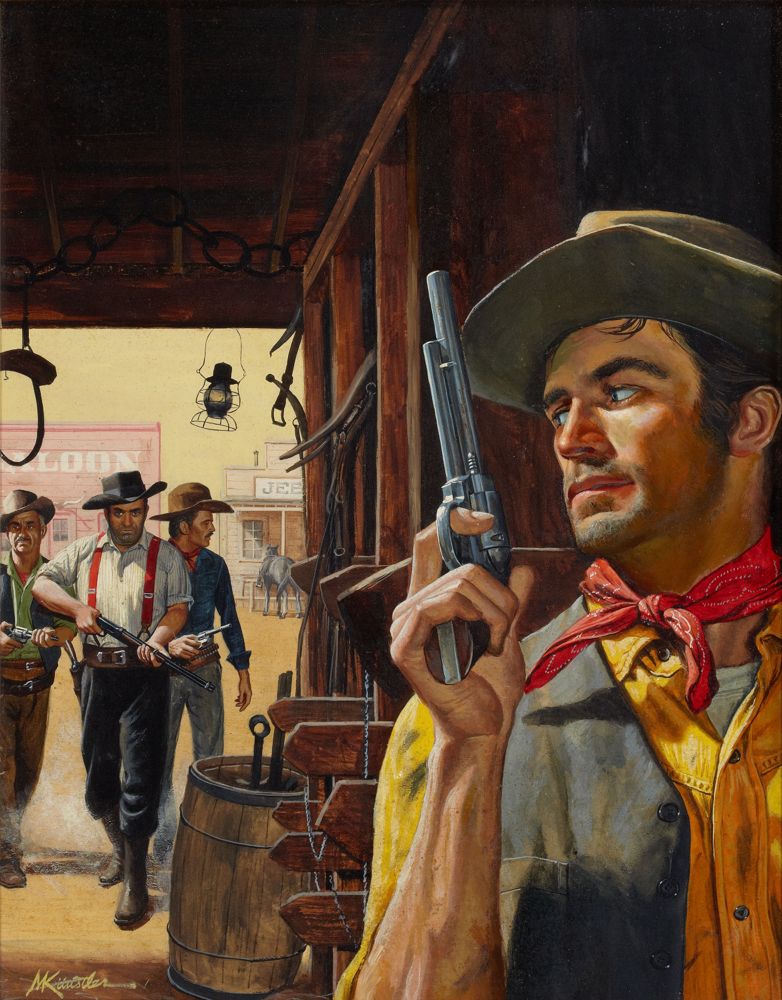I don’t look much like a lover, still I say her love words over, mostly when I’m all alone — mi amor, mi corazón . . .
Category Archives: The West
AN LP COVER FOR TODAY
AMERICA’S WESTERN HERITAGE
KATHLEEN ARRIVES
AMERICA’S WESTERN HERITAGE
SOMEDAY SOON
He loves his damned old rodeos as much as he loves me — someday soon going with him, someday soon . . .
One of the great cowboy songs, by the great Ian Tyson, performed here by Tyson and his wife Sylvia, circa 1963.
[Via Peter Stone Brown]
SUMMER WAGES
The years are gambled and lost like summer wages . . .
[Via Peter Stone Brown]
WESTERNER
I can’t retrace the journey precisely now, because I didn’t know I was on it — I just woke up one day and realized I had become a Westerner.
Because I was born in North Carolina and spent a lot of my youth there, I once considered myself a Southerner, even after I moved to New York at the age of 22. By the age of 32 I finally considered myself a New Yorker, but 20 years after that the New York I loved had evaporated around me, and I felt homeless.
I had attended a year or so of college in California, and spent a lot of time working there during my New York years, but I had felt at home only in the dreamland of Hollywood, which also evaporated around me, long before I realized it, in fact.
So I lit out for the territory, to Las Vegas, Nevada, the last frontier town in America. It didn’t seem like a destination so much as an admission that no destination appealed to me. Las Vegas was sufficiently nowhere and anywhere — it suited my mood.
But this year, on a drive back from a visit to New Orleans, one of the only other American cities that still makes sense to me, I noticed something happening to me as I crossed the Mississippi River, drove through part of Louisiana, and hit Texas, where the land opens up and becomes the West.
I thought, “I’m home.”
It’s the way I still feel, for a while, when I visit the coast of North Carolina, where I’m from, when I smell the brackish water of the sounds and the ocean air. But after a while I get an urge to move on — the ghosts chase me away.
It was the way I used to feel returning to New York after time away, seeing the skyline and picking out the Empire State Building, a marker of home for me because it was just a few blocks away from my loft. But at the end, the artists and eccentrics who used to live in my building were mostly gone, replaced by dreary yuppies. Bohemia had all but deserted Manhattan and the island felt exhausted and shoddy, even as everything got more and more expensive.
But the big skies and rolling landscapes of the West have adopted me. I’ve known them for a long time second-hand, through the Western movies and the Western history I’ve loved, but now they belong to me and I belong to them.
This is an American story — it happens all the time. It happened, I’m sure, to my Huguenot ancestors who settled on the coast of North Carolina in the late 17th Century. One day they woke up and didn’t think of themselves as displaced Frenchmen and Frenchwomen anymore. They thought of themselves as Southerners first, probably, and then as Americans.
A distant branch of them moved on to Texas at some point. And then one of their own pushed even further west, to a place where you can still wear a cowboy hat without attracting any special attention.
Click on the images to enlarge.
FROM THE CUSHMAN ARCHIVE
GATHERED AT THE RIVER
COWBOY
The cowboy is an enduring symbol of rugged American individualism, part of the mythology of the nation. The symbol came into being over a relatively short period of time, between the late 1860s and the late 1880s, when cattlemen in south Texas sent herds of longhorns on epic trail drives north to Kansas.
But why Kansas? Why Dodge City, Abilene and Wichita, towns whose names still resonate in the frontier legends of America? Because these were all early stops on the Transcontinental Railroad as it pushed its way west from St. Louis.
The Transcontinental Railroad was a an enterprise conceived and organized by the people’s elected representatives in Washington, Abraham Lincoln among them.
It was subsidized, through land grants and guaranteed loans, by the American nation collectively. The people also, again acting collectively, sent regiments of the U. S. Army west to guard the construction of the road from hostile Indians in its path, protecting their investment.
It takes nothing away from the entrepreneurial daring of the Texas cattlemen, or from the grit and gumption of their trail drivers, to recognize that all of that would have had no raison d’etre without the collective national determination to build the Transcontinental Railroad, with its ability to ship cattle that were all but worthless in south Texas back east, where they were worth a very great deal.
Rand Paul’s notion that entrepreneurial initiatives by rugged individualists brought the rail lines and highways of America into being is a lunatic delusion. We the people, working together, built those lines and highways and the entrepreneurs followed in their paths.

